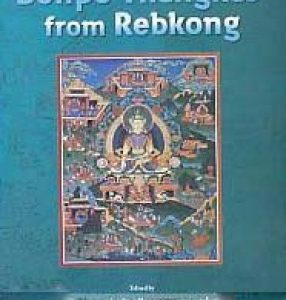
Vajra Books

Showing all 23 books

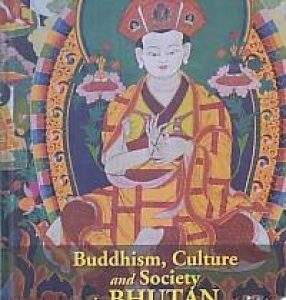
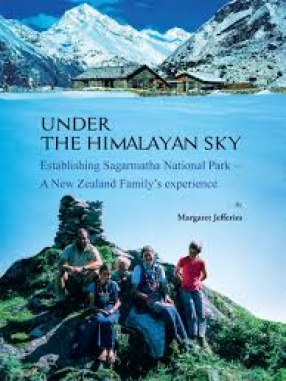
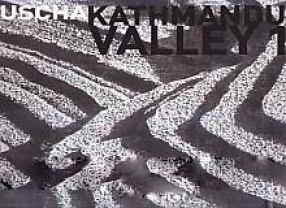
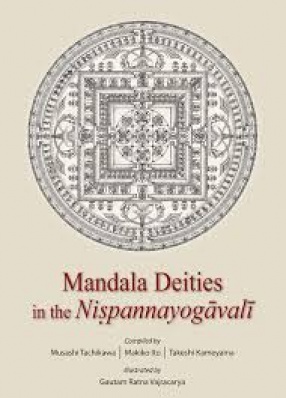
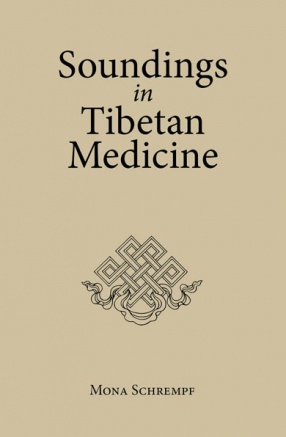
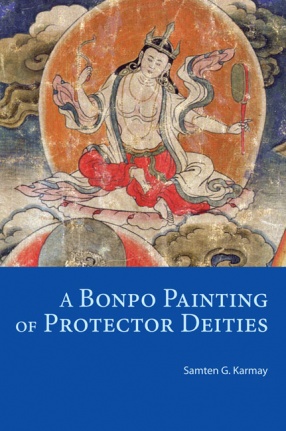
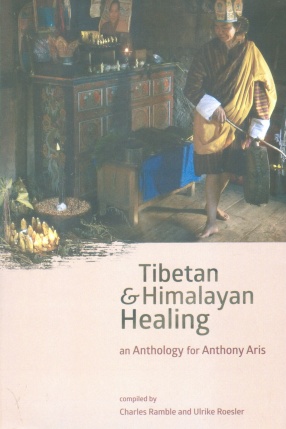
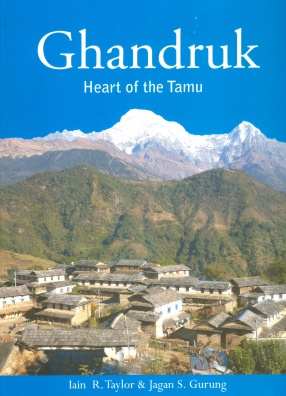
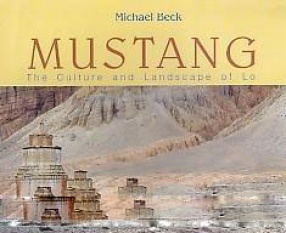
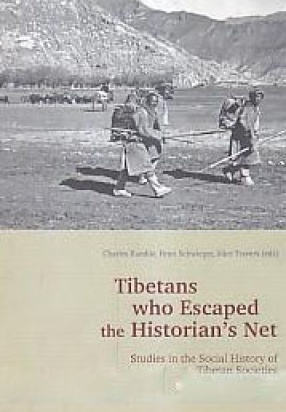
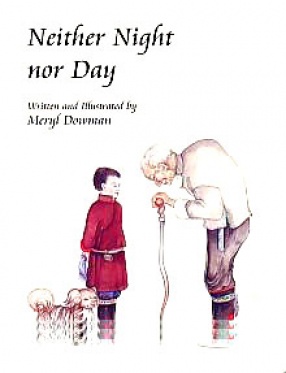
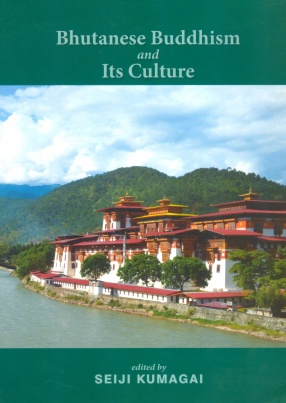


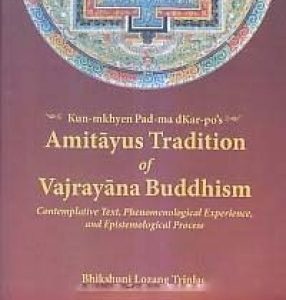
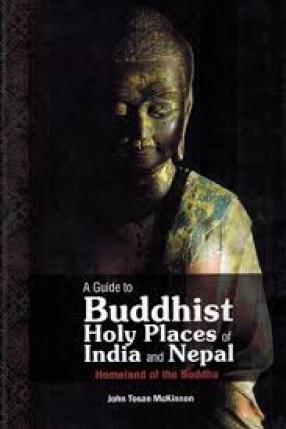
Places where the Buddha lived and taught two and a half thousand years ago are now sites of pilgrimage. A Guide to Buddhist Holy Places of India and Nepal is a book for those who have an interest in Buddhism and who aspire to visit these places. Each chapter narrates the history of that site, its significance within Buddhism, how it was discovered in modern times, and suggests how each location may be visited.
Homeland paints a picture of life on the Ganges plain ...
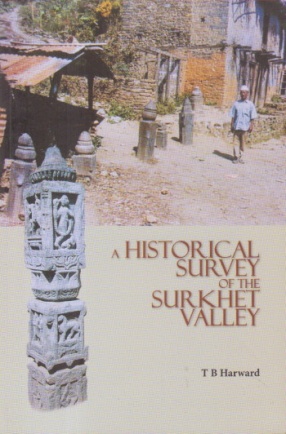
From the forward: Introduce this first historical survey of the Surkhet Valley in the Mid-western region of Nepal. it was carried out in 2007 by T B Harward and two members of the central Himalaya Project at GNAS, Tribhuvan university' Nepal, as part of their research into the medieval history of the Khasa Malla' the Buddhist ‘Kings of West Nepal' (1200-1400 AD)'
After first synthesizing the earlier observations of Dr Harka Gurung' Professor N Pande, Dr P R ...
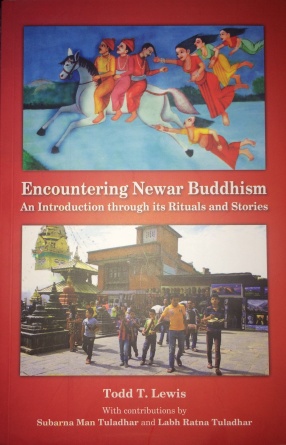
Todd Lewis is one of a small group of scholars who have quietly been carrying out a revolution in our understanding of Mahayana Buddhism. We still find it stated that the Buddhism of Nepal is ‘inauthentic’, ‘corrupt’ and ‘unworthy of consideration by those wanting a better understanding of Buddhism because of its syncretistic nature with Hinduism’. Yet scholars like Todd Lewis have taught us to see the Buddhism of Nepal as a ...

Sagarmatha National Park is a stunningly beautiful part of Nepal, which includes the world’s highest mountain. It also home to the Sherpa people who originally traded goods across the Himalaya and lived a traditional life of agro-pastoralism. These were some of the reasons the park was listed as a World Heritage Area in 1979.
Today, 35,000 tourists and mountaineers flock to the park every year. Their expectations of modern comforts are largely met by large ...


Abhayakaragupta (11th-12th cent.), who was an abbot of the Vikramasila Monastery in India, compiled a survey of the structure of mandalas. This work, called the Nispannayogavali (NPY, Garland of Completed Yogas), describes briefly the deities of each of the twenty-six mandalas considered to be popular at that time. It has become a standard reference work on mandalas in India, Tibet and Nepal. In the Kathmandu Valley, this work has been used as one of the most ...

A series of important academic articles and essays on Tibetan medicine and related subjects.
Includes: Engaging the Subtle Body by Barbara Gerke; Spirit Causation and Illness in Tibetan Medicine by Geoffrey Samuel; Bon Lineage Doctors by Mona Schrempf; Sherpa Beliefs and Western Medicine by Susan Heydon; Himalayan Medical Encounters by Alex McKay; Modernising Medicine at Lhasa'a Mentsikhang by Vincanne Adams; Embryology and Embodiment in Tibetan Literature by ...
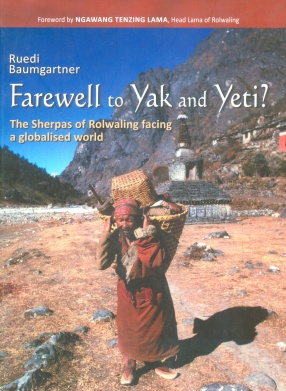
As small boys, we were very shy about meeting tourists crossing though our valley, expedition sardar Ngawang Yonden Sherpa recalls. But at their heels, we enjoyed walking in the footprints that their heavy mountain boots left in the muddy ground, just to experience under our bare feet the feeling of the profiles of their rubber soles and imagine walking in their sophisticated mountain shoes.
That was in the 1960s. The Sherpas of Rolwaling Valley in Eastern Nepal ...

The book is an iconographic study of an unusual Tibetan Painting. As a work of art its quality is remarkable, and it is probably the only one of its kind in its frame and subject matter. The existence of other paintings that depict the same deities has not so far been attested. The painting belongs to the Bon religious tradition and is currently preserved in the Rubin Museum of Art (RMA) in New York, where it featured in an exhibition of Bon art that took place ...

We all know the cause of ill-health: germs and ciruses; and, of course, genetic propensity. To these we should add: the ripening of recent or ancient karma; predatory demons and witches; adverse astrological configurations; the retaliation of earth-gods angered by humans' callous treatment of the environment; spilling milk on the stove. The treatment is also well known: allopathic care, whether Western, Tibetan or Ayurvedic; or the accumulation of merit to ...

Ghandruk is a village in the Annapuma region of Nepal and is on one of the country's main trekking routes. It is in the centre of the traditional homeiand of the Gurung or Tamu people, a Buddhist Tibeto-Burmese people who originated somewhere in Mongolia, spent many centuries wandering around present day Tibet and China, and finally established themselves south of the Annapurna mountain range about 1500 years ago. Tamu men have long been recognised for their ...

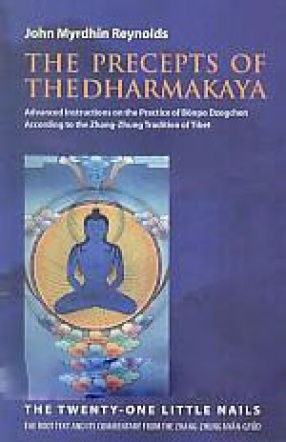
This book presents the advanced instructions on the practice of Bonpo Dzogchen as per the Zhang-Zhung tradition of Tibet. It contains the English translation of the root text and its commentary of The Twenty-one Little Nails, belonging to the fourth cycle of the Zhang-Zhung Nyan-gyud collection.
It focuses on the fruit or result of Dzogchen practice, and in particular on the removing of doubts with regard to the Natural State of the Nature of Mind being the ...

This compendium of 12 papers, presented at an international conference, organized by the Department of Mongolian and Tibetan Studies, Institute of Oriental and Asian Studies, Bonn University, provides deep insight into the social history of Tibetan societies. Analyzing the role of the Ambans in the Dalai Lama government according to the Ten Point Edict, it describes the edition, structure and authorship of the Weizang Tongzhi.
Recapturing runaways or ...
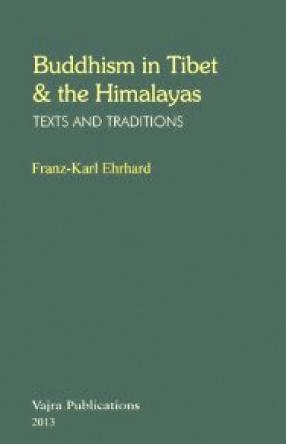


With much of its old socio-cultural identity still intact, Bhutan attracts interest from many oriental scholars. Bhutan is also seeing a phenomenal growth in interest from many multi-disciplinary researchers who are adapting different political and economic frameworks in trying to understand the unique approach to development in this country that is best expressed in its national development philosophy of Gross National Happiness. This concept was first ...
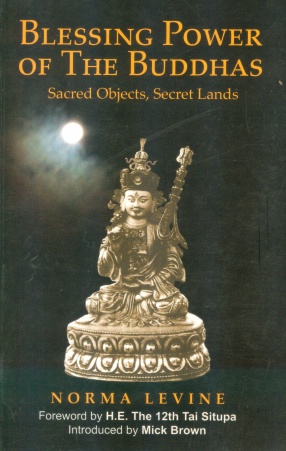
This is an excellent, carefully researched book written with exactly the right mixture of accuracy and wonder. It should be of use to seekers everywhere.” Andrew Harvey, author of A Journey in Ladakh and Hidden Journey “Blessing Power of the Buddhas could be considered a travel guide to the magical in Himalayan Buddhist culture. Full of descriptions and interesting stories, it is obvious that the author is intimate with the land and people of the ...

Peter Karthak’s prose burns with energy in this dark, compelling novel that is simultaneously a meditation on postcolonial displacement and the nature of good and evil. Through his irresistible characters, whose emotional lives are dramatized in the flawed beauty of the “hill station†of Drjeeling, Karthak weaves a complex story that is at once suspenseful and reflective. It also marks him as a potent voice in Nepali literature in English.
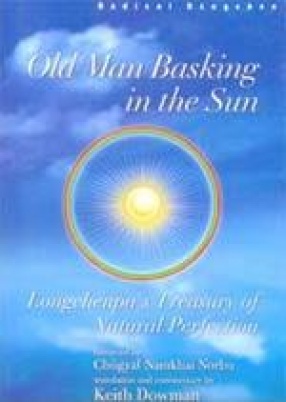
Dzogchen is the apotheosis of Tibetan Buddhism and Longchenpa is the pre-eminent master of Dzogchen, and one of Tibets's greatest mystical poets. His treasury of natural perfection encompasses and epitomizes the radical precepts of Dzogchen. Transcending the Tibetan context, Longchenpa delivers a manual of mystical wisdom for all people at all times, and shows why the western world has turned to Tibet for its mystical inspiration during the last half century. ...
